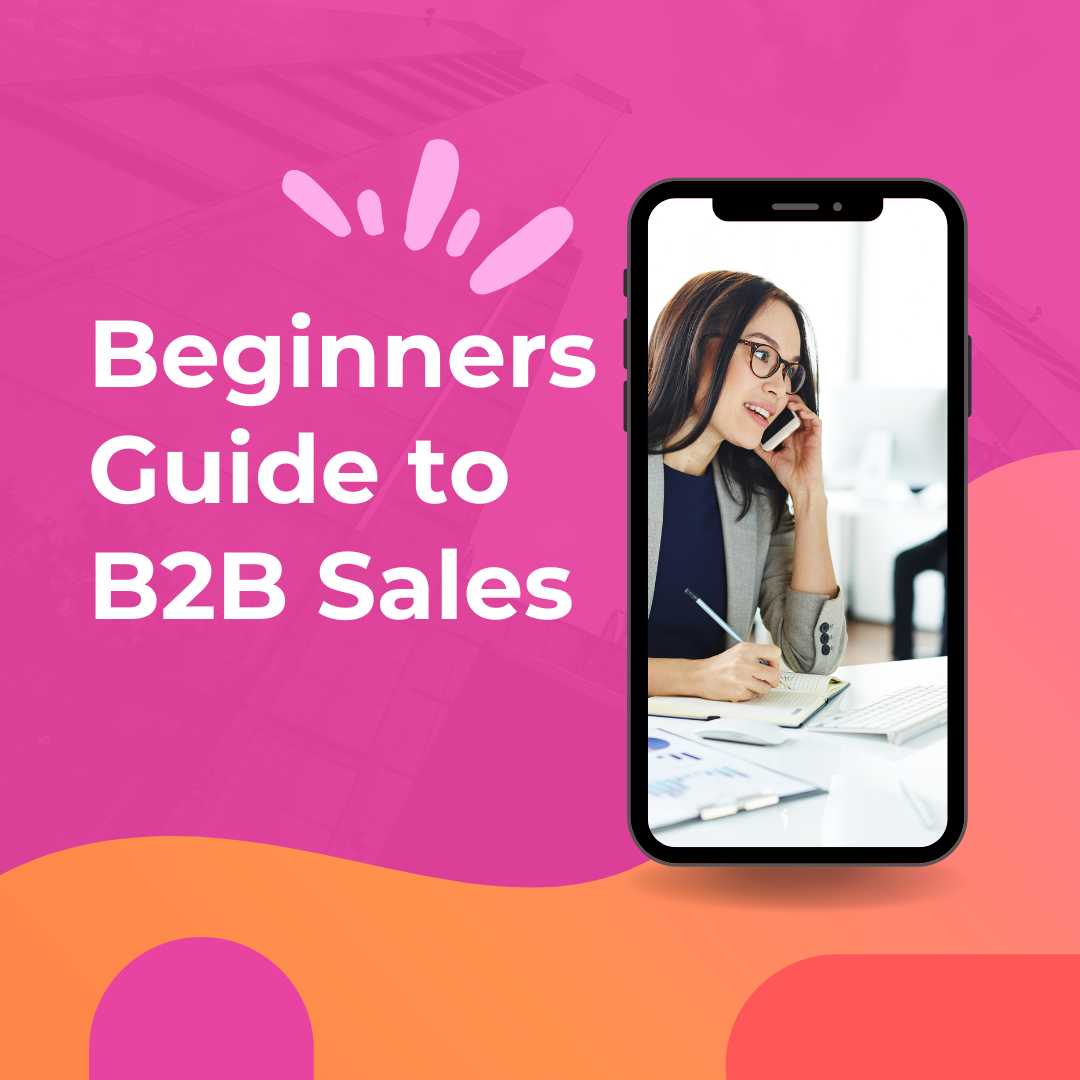1 min read
A Comprehensive Guide to B2B Sales
With over 25 years of experience selling technology solutions in Asia, UK and Europe, I've seen my fair share of sales methodologies, sales...
4 min read
 Johanne
:
Feb 19, 2024 12:23:27 AM
Johanne
:
Feb 19, 2024 12:23:27 AM

.webp?width=940&height=214&name=Screenshot%202024-01-25%20at%2018.51.26%20(1).webp)
1. Understanding the SPIN Selling Method
2. SPIN Selling Questioning Style
3. Identifying Customer Pain Points
4. SPIN Situation Question Examples
The main objective of implementing a sales methodology is to provide a structured guide for your sales team, helping them understand the necessary steps to progress a deal to a successful win.
This includes knowing what questions to ask, when to ask them, and who to direct them towards (decision-makers play a crucial role). Due to the often complex nature of B2B sales, using a proven sales method can improve your sales win rates dramatically.

Sales Methodologies are an essential component of any sales team's operations, providing a structured framework for consistency. This ensures that all sales reps are aligned in their sales approach. In our article, Top 12 B2B Sales Methodologies, we provide a comprehensive overview of B2B sales methodologies, and in this article, we drill into SPIN selling.
Neil Rackham developed the SPIN Selling method in the 1980s. In his book, Rackham argues that salespeople must abandon traditional sales techniques and build value as trusted advisors to win larger consultative deals. SPIN selling focuses on asking questions that uncover the customer's pain points and needs rather than pushing a product or service onto them.
The versatility and importance of SPIN principles make them a valuable asset in sales strategies. They seamlessly integrate with various sales methodologies, emphasising the significance of asking targeted questions correctly, actively listening, and aligning customer needs with product features.
Mastering the SPIN Selling method empowers B2B sales professionals to customise their approach for each customer, leading to more fruitful interactions and, ultimately, increased sales.
To really understand SPIN Selling, you need to read Rackham's book. In the meantime, here is a short overview of each section.

 Section 1.4 The SPIN Strategy
Section 1.4 The SPIN Strategy The salesperson, not the buyer, usually creates objections
The salesperson, not the buyer, usually creates objectionsGet down to business quickly and establish your purpose
Situation questions such as "Which tools do you currently use?" function as a way to gather information.
Problem questions such as "Does this process ever fail?" function as a way to identify prospects' pains and problems.
Implication questions such as "What's the productivity cost when it does?" help the sales rep underscore why those pains need to be solved.
Need Payoff questions such as "Wouldn't it be simpler if...?" lead the prospect to conclude independently rather than immediately lead into a pitch.
Identifying customer pain points is essential in the Spin Selling method. Through thoughtful, open-ended questions and attentive listening to the customer's responses, sales professionals can reveal the challenges or issues the customer is encountering.
Once the pain points are identified, the salesperson can then position their product or service as the solution, creating a compelling reason for the customer to make a purchase.

To make the SPIN Selling Method effective today, it's crucial to strike a balance with your questioning. Asking too many questions can overwhelm your prospect, while asking too few may leave you without the valuable insights you need. Trust your judgment and don't forget to ask thought-provoking questions as well.
After identifying the customer's pain points, it is essential to craft tailored solutions that directly address those specific issues. This requires a deep understanding of the customer's needs and preferences.
By offering personalised solutions, sales professionals can demonstrate the value of their product or service and differentiate themselves from competitors.
 Building trust and rapport is a fundamental aspect of successful selling. Sales professionals can earn the customer's trust by establishing a genuine connection and demonstrating expertise and reliability.
Building trust and rapport is a fundamental aspect of successful selling. Sales professionals can earn the customer's trust by establishing a genuine connection and demonstrating expertise and reliability.
Trust is essential in the sales process, as customers are more likely to purchase from someone they trust and feel comfortable with.
The final step in the Spin Selling process is closing the deal with confidence. By effectively addressing the customer's needs, showcasing the value of the product or service, and overcoming any objections, sales professionals can confidently ask for the sale.
Confidence is key in closing deals. It instils trust and reassurance in the customer, leading to a successful transaction.
SPIN Selling is a type of Consultative Selling which, according to Gartner, is "a style of selling based on uncovering, understanding and responding to the customer’s underlying business need through meaningful dialogue."
When incorporating SPIN questions into your discussions with potential clients, it's essential to remember where you are in the sales cycle. According to Rackham, every sale follows a fundamental four-stage process:
One of the significant advantages of implementing a consultative sales approach like SPIN Selling is that it benefits both the customer and the seller and can build long-term relationships.
.png?width=280&height=280&name=Coloured%20arches%20for%20docos%20(1).png) RELATED
RELATEDSales Automation Tools - HubSpot Sales Hub
Top 12 B2B Sales Methodologies
McKinsey's 7s Model to Implement Full-Cycle Sales
Why use Multi-Threading in B2B Sales?

1 min read
With over 25 years of experience selling technology solutions in Asia, UK and Europe, I've seen my fair share of sales methodologies, sales...

So, you need to close every lead you have, and you're busy as a bee juggling connect and discovery calls, demos, onboarding expectations, and...

Training and Coaching your sales team is what makes the difference between good and great...